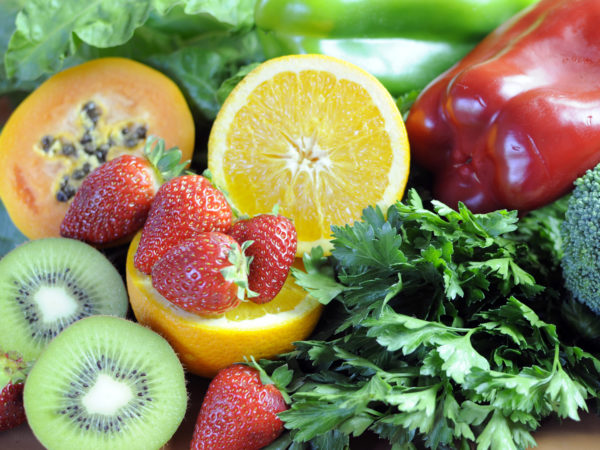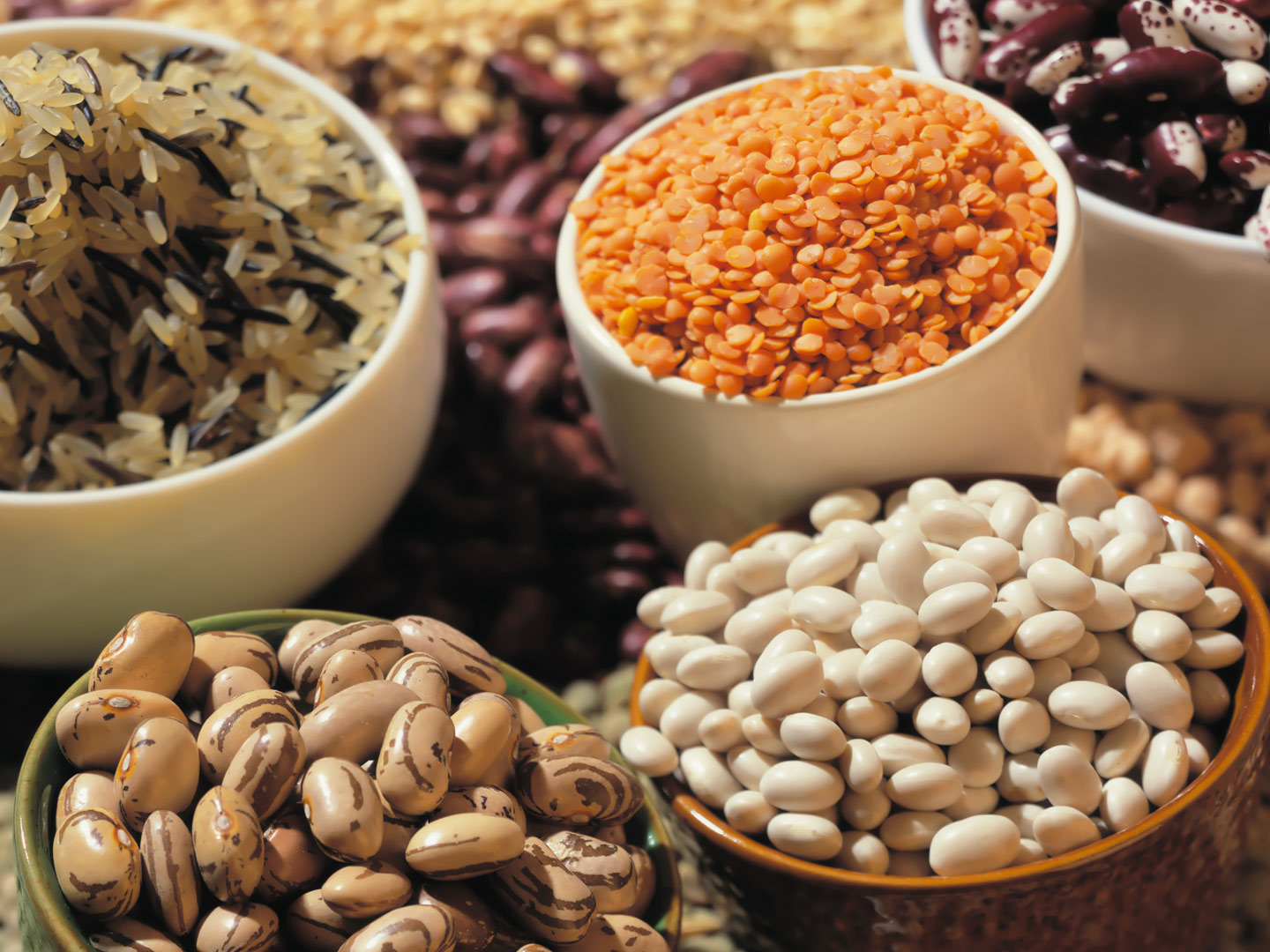Vitamin C Benefits

What is vitamin C?
Vitamin C (also known as ascorbic acid) is abundant in vegetables and fruits. A water-soluble vitamin and powerful antioxidant, it helps the body form and maintain connective tissue, including bones, blood vessels, and skin.
What does vitamin C do?
Vitamin C helps to repair and regenerate tissues, protect against heart disease, aid in the absorption of iron, prevent scurvy, and decrease total and LDL (“bad”) cholesterol and triglycerides. Research indicates that vitamin C may help protect against a variety of cancers by mitigating the activity of free radicals, and helping neutralize the effects of nitrites (preservatives found in some packaged foods that may raise the risk of certain forms of cancer). Supplemental vitamin C may also lessen the duration and symptoms of a common cold, help delay or prevent cataracts, and support healthy immune function.
What are the signs of a vitamin C deficiency?
Deficiency symptoms include fatigue, muscle weakness, joint and muscle aches, bleeding gums, and leg rashes. Prolonged deficiency can cause scurvy, a rare but potentially severe illness.
How much, and what kind of Vitamin C, does an adult need?
According to the National Institutes of Health (NIH), the recommended vitamin C daily allowance (RDA) for adults over age 19 is:
- Men, 90 mg per day
- Women, 75 mg per day
- Pregnant women, 85 mg per day
- Breastfeeding women, 120 mg per day.
Individuals who smoke require a 35 mg a day higher intake than non-smokers.
For adults, Dr. Weil recommends taking 250 mg of vitamin C each day.
How much does a child need?
NIH recommends Adequate Intakes (AIs):
- Infants 0-6 months old, 40 mg per day
- Infants 7-12 months old, 50 mg per day.
The RDAs of vitamin C for teens and children are:
- Toddlers 1-3 years old, 15 mg per day
- Children 4-8 years old, 25 mg per day
- Children 9-13 years old, 45 mg per day
- Male teens 14-18 years old, 75 mg per day
- Female teens 14-18 years old, 65 mg per day
How do you get enough vitamin C from foods?
Vitamin C is easy to obtain through foods, as many fruits and vegetables contain it. Good sources include: apples, asparagus, berries, broccoli, cabbage, melon (cantaloupe, honeydew, watermelon), cauliflower, citrus fruits (lemons, limes, oranges), kiwi, fortified foods (breads, grains, cereal), dark leafy greens (kale, spinach), peppers (especially red bell peppers, which have among the highest per-serving vitamin C content), potatoes, and tomatoes.
Are there any risks associated with too much vitamin C?
When obtained from food sources and supplements in the recommended dosages, vitamin C is quite safe. Side effects are rarely reported, but high doses can cause diarrhea, nausea, abdominal cramps, and other gastrointestinal symptoms. For most healthy individuals, the body can only hold and use about 200-250 mg of vitamin C a day, and any excess is lost though urine. At times of illness, during recovery from injury, or under conditions of increased oxidative stress (including smoking), the body can use greater amounts. High doses of vitamin C (greater than 2,000 mg/day) may contribute to the formation of kidney stones in some people, as well as cause severe diarrhea, nausea, and gastritis.
Are there any other special considerations?
Adverse interactions may occur between vitamin C and anticoagulant drugs such as warfarin (Coumadin), decreasing their action. Nicotine products, oral contraceptives/estrogens, tetracyclines, barbiturates, and aspirin may decrease levels of vitamin C.
Updated by: Andrew Weil, M.D., and Brian Becker, M.D., on Oct. 29th, 2012
Sources
ods.od.nih/factsheets/VitaminC-HealthProfessional/
nlm.nih/medlineplus/ency/article/002404.htm
umm/health/medical/altmed/supplement/vitamin-c-ascorbic-acid
lpi.oregonstate/mic/micronutrients-health/skin-health/nutrient-index/vitamin-C
Reviewed by Benjamin S. Gonzalez, M.D., May, 2016. Updated June 2024.













